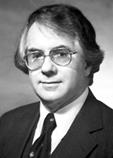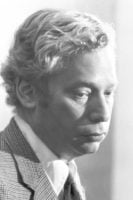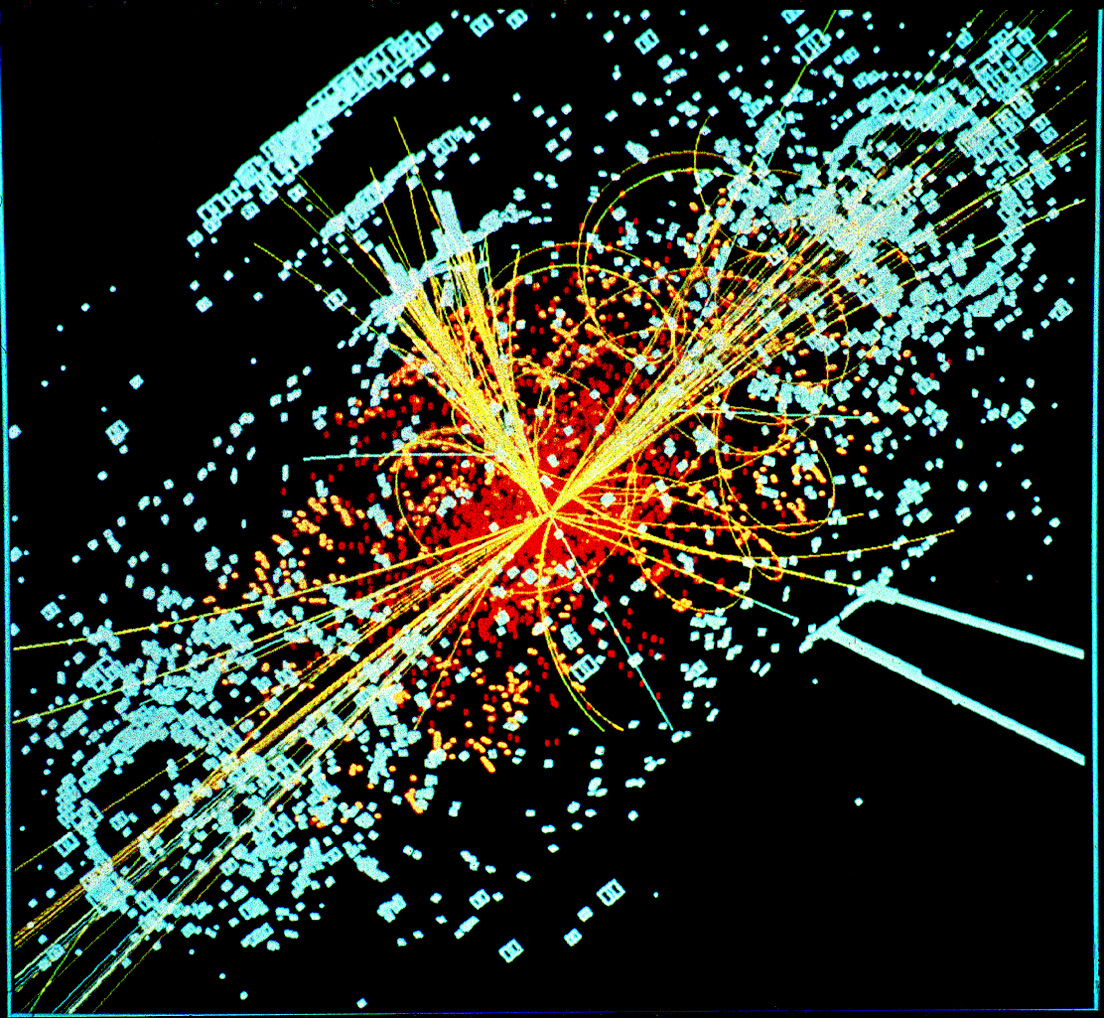And ye shall take you on the first day the fruit of goodly trees, branches of palm-trees, and boughs of thick trees, and willows of the brook (Levit. 23:40)

Even more troubling, Einstein’s persistent pursuit of classical unification caused him to overlook groundbreaking advancements in quantum physics—a field he helped pioneer and for which he received the Nobel Prize. Today, the focus is no longer on unifying gravity with electromagnetism but rather on integrating General Relativity with quantum mechanics, two profoundly successful yet fundamentally incompatible theories.
Modern physics now recognizes more than just two fundamental forces—gravity and electromagnetism. Quantum physics has introduced the strong nuclear force, the weak nuclear force (responsible for beta decay), and possibly a fifth hypothetical force known as “Quintessence.”
Einstein’s vision of unification, however, was not abandoned. Instead, it was pursued by later physicists through quantum field theory.

Great strides have been made in achieving the goal of unification. In 1963, Jewish-American physicist Sheldon Glashow proposed that the weak nuclear force and electromagnetism could arise out of unified electroweak theory. In 1979, Sheldon Glashow, Abdus Salam, and Steven Weinberg were awarded the Nobel Prize for their contributions to the unification of the weak and electromagnetic interaction into a single electroweak theory.

Significant strides have been made since Einstein’s time. In 1963, Sheldon Glashow proposed the unified electroweak theory, merging the weak nuclear force with electromagnetism. Glashow, along with Abdus Salam and Steven Weinberg, received the Nobel Prize in 1979 for this groundbreaking work.
In 1974, Glashow and Howard Georgi proposed the Georgi–Glashow model, the first Grand Unified Theory (GUT), aiming to unify the strong nuclear force with electroweak forces. Simultaneously, Abdus Salam and Jogesh Pati developed another notable model known as the Pati–Salam model. Various GUT models are still being explored, yet the unification—especially integrating gravity—remains incomplete.
Today, efforts primarily focus on quantizing gravity (loop quantum gravity is among the leading candidates) and achieving a comprehensive Theory of Everything (TOE), with string theory as the leading approach.
My journey into theoretical physics began in my teenage years, and I was deeply inspired by Einstein’s theories. I meticulously studied his collected works, immersing myself in his intellectual world. Einstein became my first mentor, profoundly shaping my early scientific thinking. Unfortunately, his skepticism toward quantum mechanics influenced me negatively for many years.
Einstein, despite laying the foundations for quantum mechanics, grew increasingly critical of its indeterminacy, famously asserting, “God does not play dice with the universe.” His influential EPR paradox challenged quantum mechanics, particularly entanglement, which he termed “spooky action at a distance.” Quantum entanglement was later experimentally confirmed, validating quantum mechanics. Einstein, however, never reconciled with quantum theory.
Under Einstein’s influence, I initially disregarded quantum mechanics, focusing solely on General Relativity, believing quantum theory would emerge from classical unification. Eventually, I realized this approach was fundamentally misguided. Quantum mechanics triumphed, profoundly reshaping modern physics. Unification, I now believe, will emerge from quantum theory or an entirely new paradigm, not from General Relativity.
Last Shabbat, I encountered remarkable validation of this new perspective in the writings of Rabbi Chaim Vital, the primary disciple of the Arizal.
As I wrote in my previous posts (see, for example, Four Camps at Sea – Four Fundamental Interactions), the four fundamental forces (fields or interactions) correspond symbolically to the four letters of the Tetragrammaton – the proper name of G‑d, Havayah:
| Yud | י | Strong nuclear force |
| Hei | ה | Weak force – beta decay |
| Vav | ו | Electromagnetic force |
| Hei | ה | Gravitational force |
In Kabbalah, the letter Yud symbolizes Ḥokhmah (wisdom), metaphorically representing the atomic nucleus. Hei corresponds to Binah (understanding), symbolizing expansion—akin to beta decay. Vav, shaped like a vector, uniquely aligns with electromagnetism, the only vectorial force. The final Hei corresponds to Malḥut (sovereignty), representing Earth and gravity.
Hebrew letter י (“Yud”) is written as a dot and, metaphorically, alludes to the nucleus of the atom. In Kabbalah, it represents the sefira of Ḥokhmah, the first flash of an undifferentiated idea, the nucleus of the thought.
Letter ה (Hei or Heh), as it is explained in Kabbalah and Chasidut, is the expansion of the letter Yud in all directions. In Kabbalah, Hei represents the sefira or Binah, where the nucleus of the idea is broken into components, analyzed, and expanded. So too, the weak interaction represents beta decay – the radioactive process when a nucleus emits a beta particle (electron or positron). This type of interaction governs decay of particles that break up and emit (expand, as it were) other particles. So, the letter hei alludes to the weak force.
The letter ו, “Vav” (or “Waw”) is written in Hebrew as a vertical line, resembling a vector. Of all the forces, only the electromagnetic force is mathematically described as a vector – it is a vector force having a magnitude and a direction.
The second letter Hei in Kabbalah represents the sefira of Malchut, which is called the earth. Thus, the second Hei alludes at the gravitational force.
In Kabbalah, the sefira of Malchut represent the Shechinah – the Divine Presence. In a time of Galut (the exile), the Shechinah is in exile together with the Jewish people. The second letter, Hei, the last letter of the Tetragrammaton, is detached (exiled), as it were, from the first three letters. This spiritual exile (corresponding to the physical exile of the Jewish people) also corresponds to the state of unification in physics – we’ve been able to unify only three fundamental forces, strong, weak, and electromagnetic, but the gravitational force remains outside of this model, awaiting its final “redemption” in the Theory of Everything. The Teshuvah, “return” is mystically seen as the reattachment of the second hei to the first three letters of the Tetragrammaton. Thus, the messianic redemption and return of the Jewish people from the exile are parallel to the unification of the gravitational force with the other three forces already unified.
The question remains, where the unification of all forces will come from – from the side of the gravitational force, i.e., from the general theory of relativity, as Einstein believed, or from the quantum field theory, the Standard Model that so far managed to unify the other three forces? Let’s see what the Kabbalah has to say about it.
In the Kitvei Arizal, we find:
“[Resurrection] will occur by means of holy [spiritual] droplets that manifest the Name of G‑d whose numerical value is that of the word for “dew.” These [droplets] descent from the brain of Zeer Anpin to its yisod, and from there to the “land of the living” and Malchut. The Jewish souls there receive [these droplets] and come to live.” (Sefer HaLikutim, parshat Emor – in the translation of Rabbi Moshe Wisnefsky, see Apples from the Orchard).
The Name of G‑d referenced above is an abbreviated Tetragrammaton comprised of the first three letters: Yud-Hei-Vav. To see how it’s numerical value equals that of the word “dew,” we need to spell out each of the three letters:
| Yud | yud-vav-dalet | 10+6+4 | 20 |
| Hei | hei-alef | 5+1 | 6 |
| Vav | vav-alef-vav | 6+1+6 | 13 |

As we said earlier, the last hei represents sefira of Malchut that is allegorically represented by earth – the “land of the living.” In this context, the last hei (missing from this Divine Name) symbolizes dead sleeping in the earth. The resurrection of the dead is mystically seen as the reunification of the last hei with the first three letters of the Tetragrammaton when the dew of resurrection (represented by the first three letters) will irrigate the land of the living.
It is easy to see how this mystical description of the process of resurrection is parallel to the unification of all four fundamental forces in unified field theory, the Theory of Everything. The first three letters represent strong, weak, and electromagnetic forces. The last hei represent gravity. The reunification of the last hei with the other three letters of Havayah (Tetragrammaton) is symbolic of the reunification of gravity with the other fundamental forces.
The last question that remains is what this all has to do with four plants alluded to in the epigraph from the Torah portion of Emor?

In the Jewish tradition, the resurrection of the dead is the culmination of the messianic redemption. It is not coincidental, therefore, that the unification of all fundamental forces seen as connected to the messianic redemption is alluded to in the Scriptural verse that hints at the resurrection of the dead.
We see here that, according to the Kabbalah, it is the Standard Model (the unified theory of strong and electroweak interactions) that will enliven and unify the theory of gravity with all other forces giving rise to the Theory of Everything. I wish I understood this earlier.


Dear Professor Polotrak, f you haven’t already done so, I suggest that you read Rabbi Ginsburgh’s recent book, “137: The Riddle of Creation.” Rabbi Ginsburgh mentions much of this idea there. You should work together with him in discovering the secrets of unifying Torah and science. I’m sure that your two brilliant minds working together will hasten the redemption!
No, I have not read this book. Thanks for letting me know, I’ll be sure to look it up.
Dear Alexander,
As you said “unification will come from a completely new direction” but it is hardly through Kabbalah.
I am afraid that the spell of Kabbalistic approach will lead you down to yet another blind alley.
Yud-Kei-Vav-Kei Ehad = 39 also.
“On that day, HASHEM will be One and His Name will be One
there will be no more missing “Hei”
Thank you for sharing, it is so beautiful !